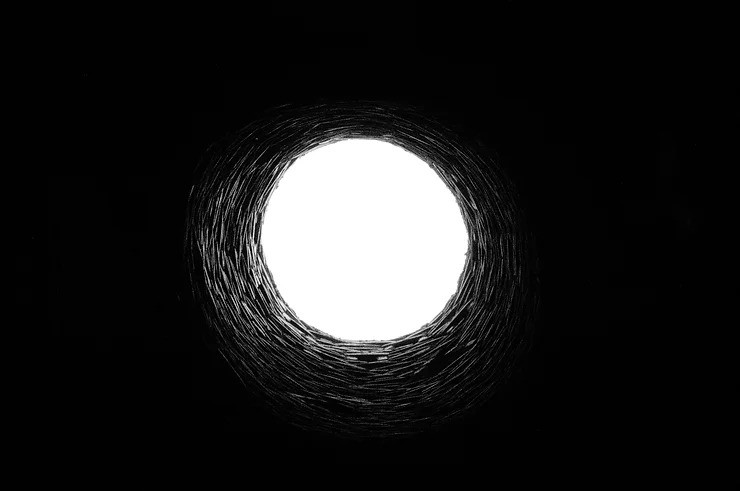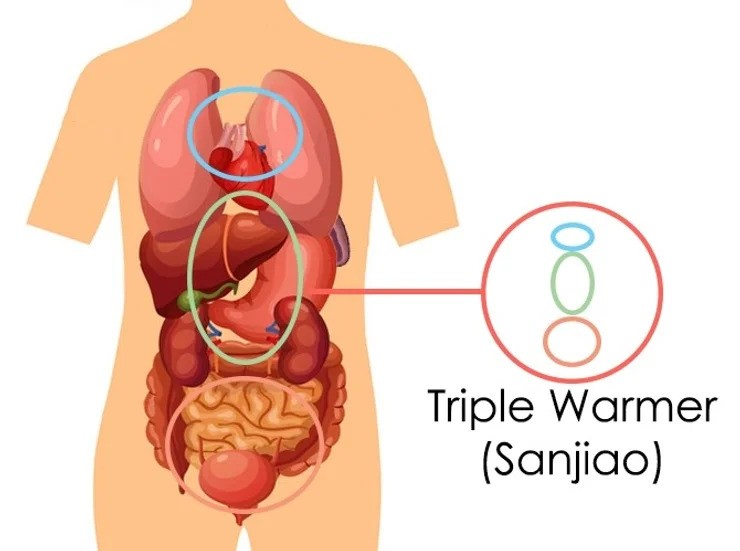Tag: Shibashi
-

Mirroring in Shibashi: A Tool for Effective Teaching
—
by
A common and recurring question for Tai Chi Qigong Shibashi instructors is whether or not students should mirror movements in class. In this article, Master Andy Baggott outlines the advantages and disadvantages or mirroring and non-mirroring.
-

The Extraordinary Microcosmic Orbit in Practice
—
by
The Microcosmic Orbit is a specific and fundamental energy circuit that can be cultivated in order to clear blockages, promote free-flowing Qi and thereby minimise and even prevent diseases.
-

The Five Spiritual Aspects
—
by
The Five Spiritual Aspects of Shen, Hun, Po, Chen and Yi represent five expressions of spirituality; five resources that give quality to life. Spiritual in this context refers to the art of refining our thoughts, feelings and self.
-

Thoughts on Wuji
—
by
We start and end our Shibashi in Wuji, which can be translated as “utter formlessness.” It is likened to the moment before the Big Bang. In that moment nothing existed, there was just emptiness, but that emptiness was filled to the brim with potentiality.
-

San Jiao/Triple Burner in Theory and Practice
—
by
San Jiao (Triple Warmer, Triple Heater, Triple Burner) is extraordinary in that it does not correspond to a specific organ. Rather it helps to regulate all the organs and energy in the body by opening passageways and facilitating free and proper flow.

